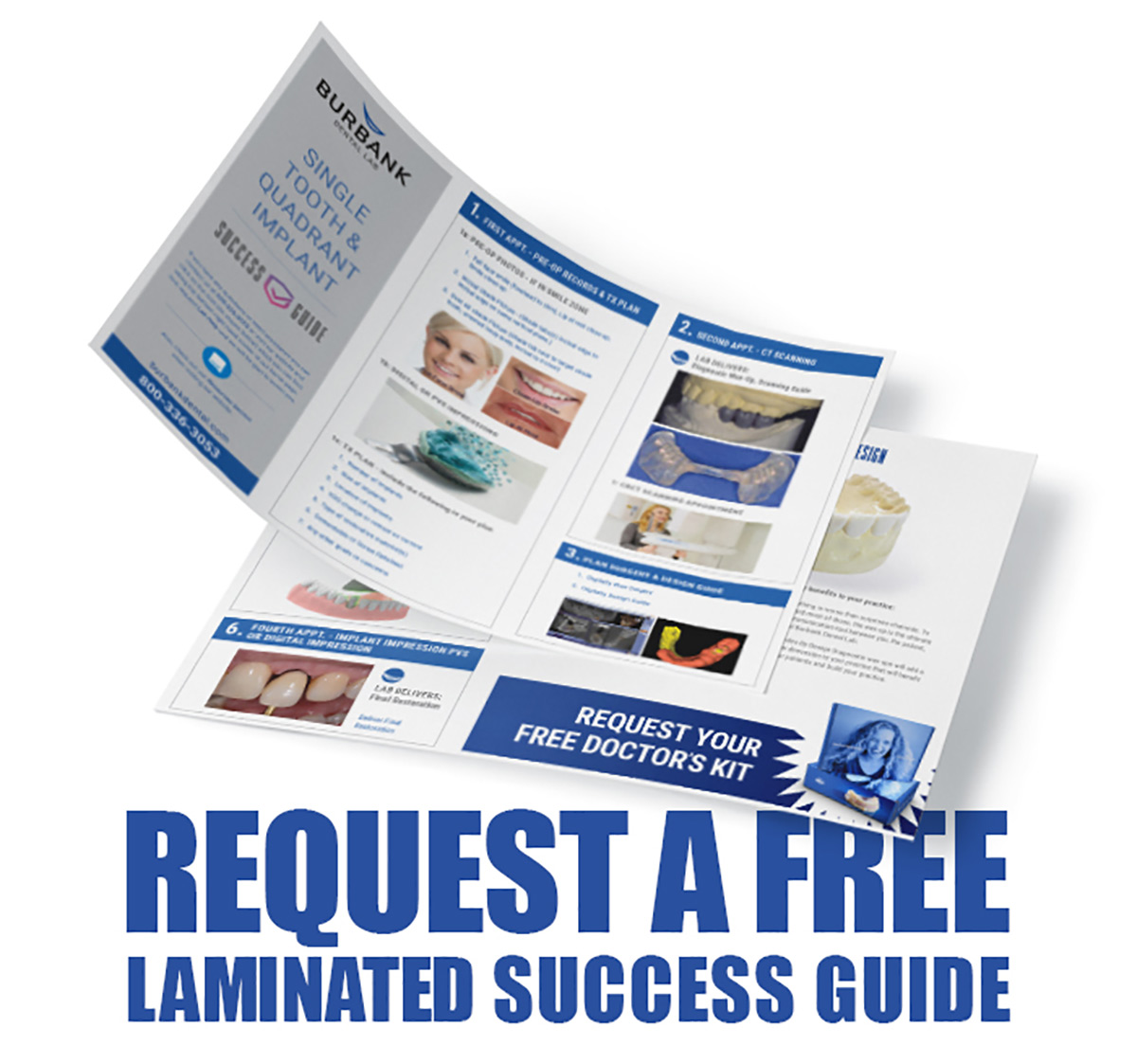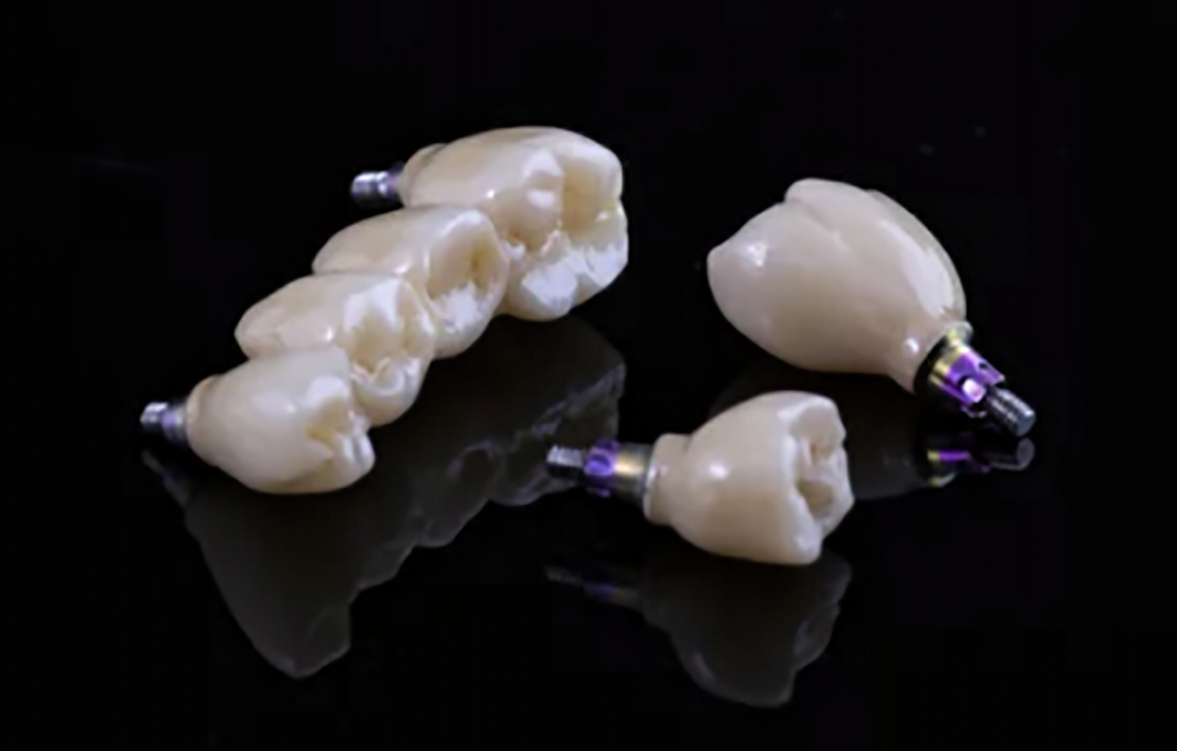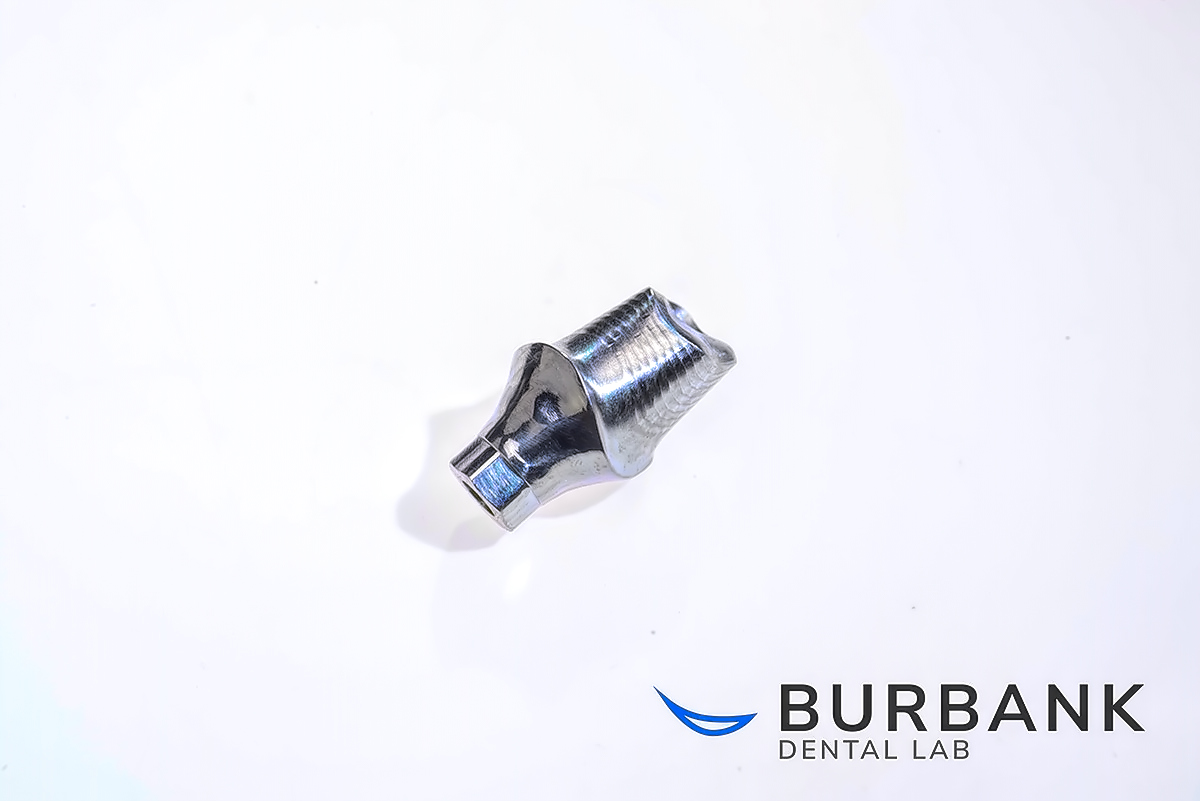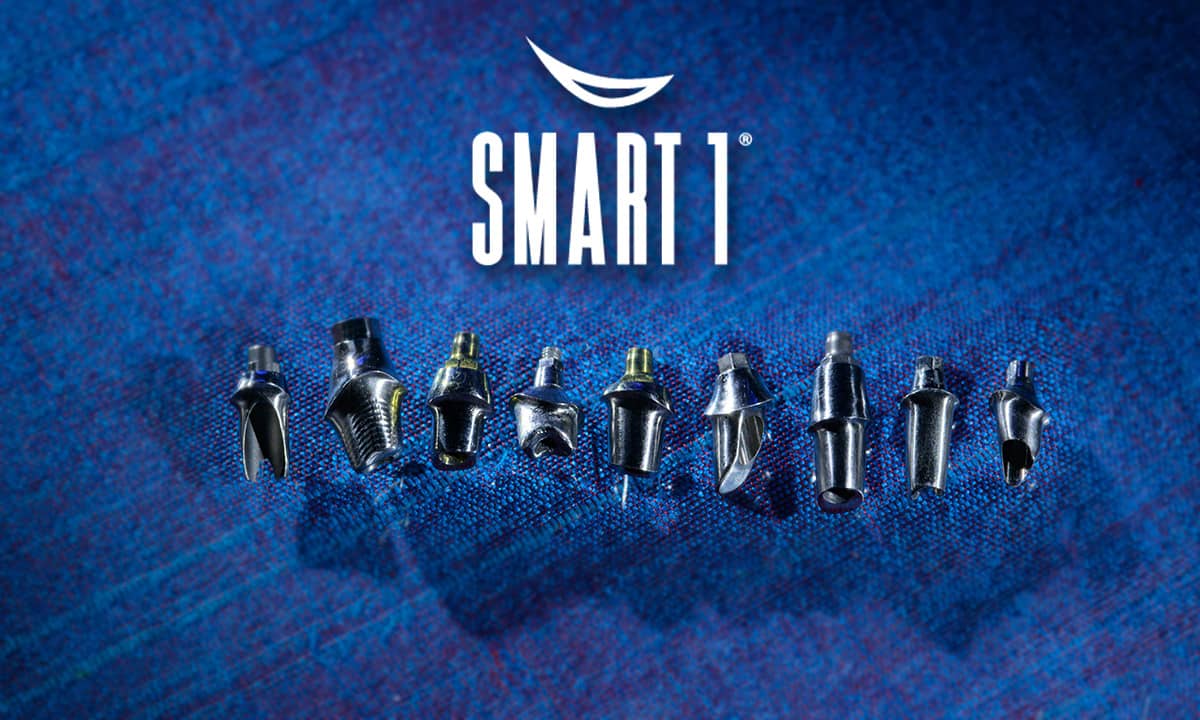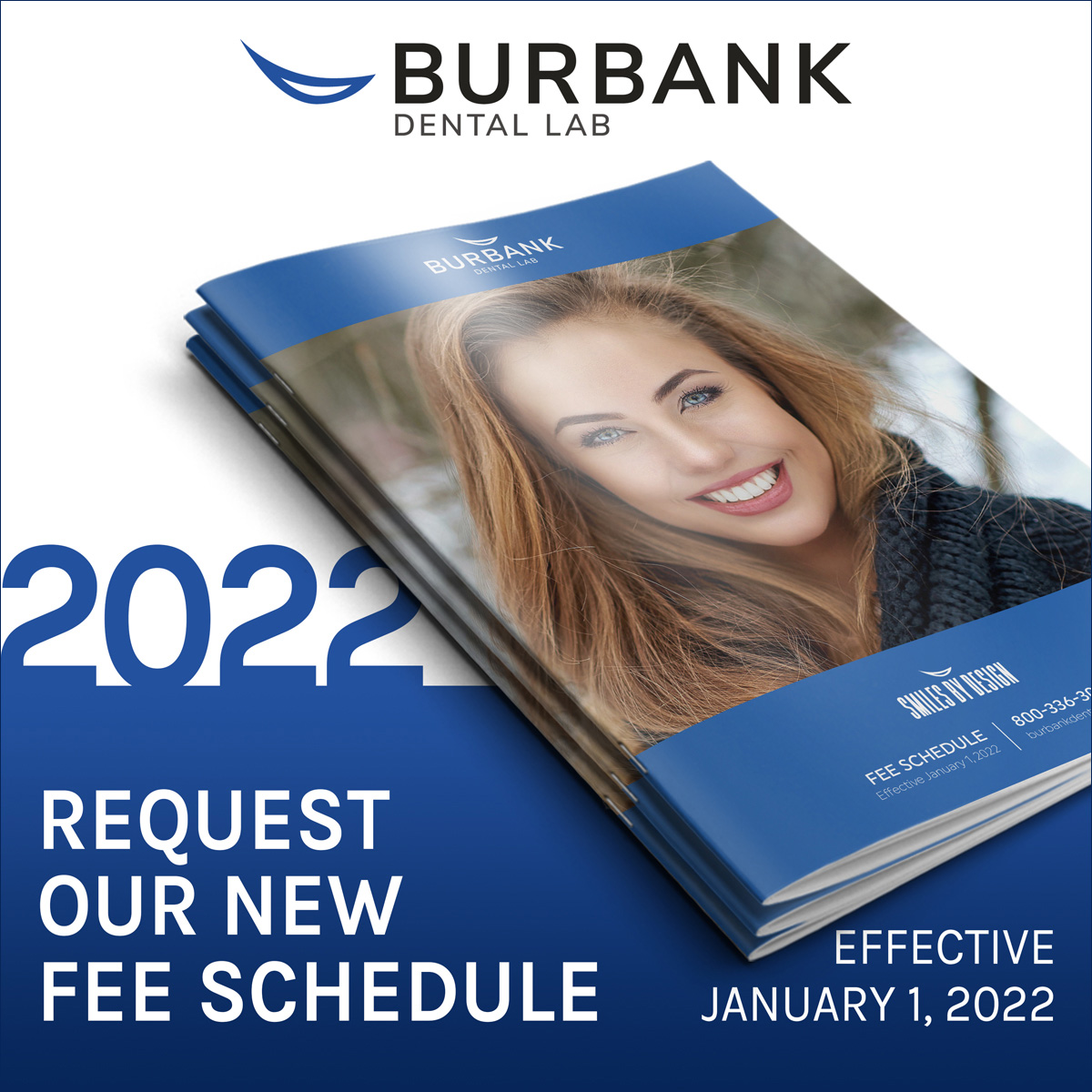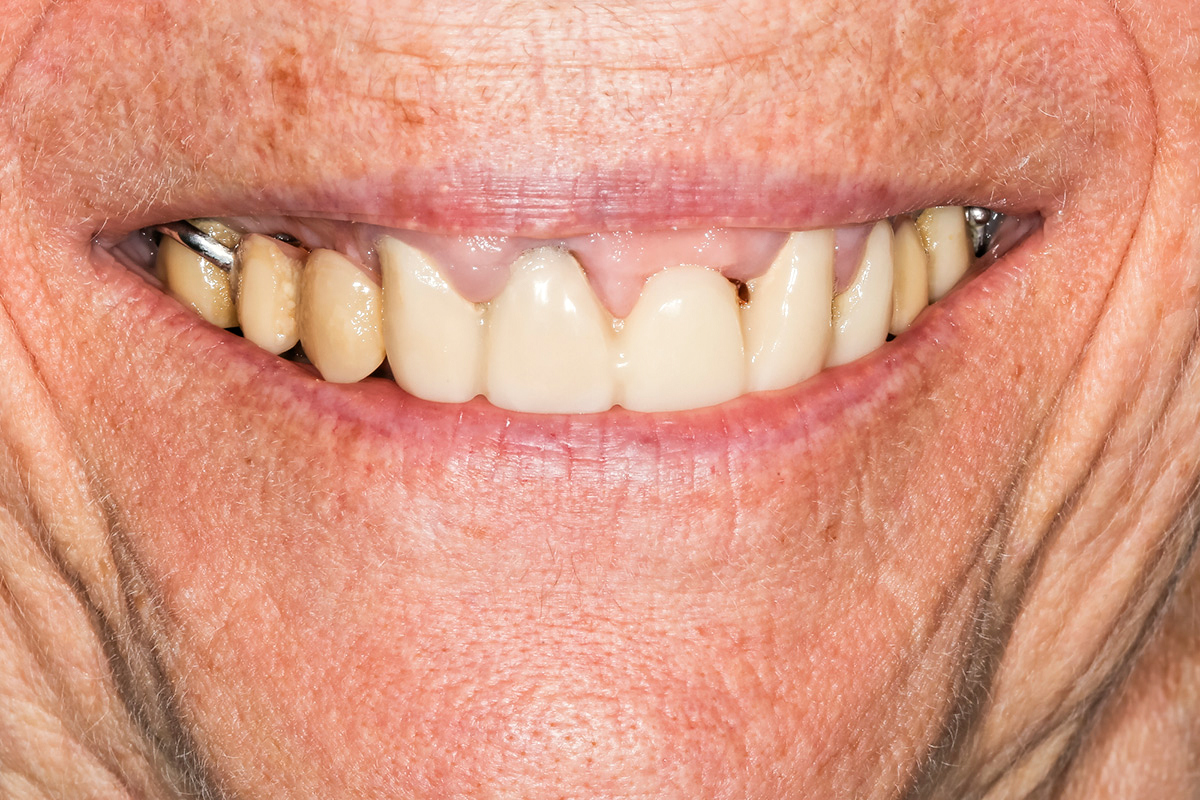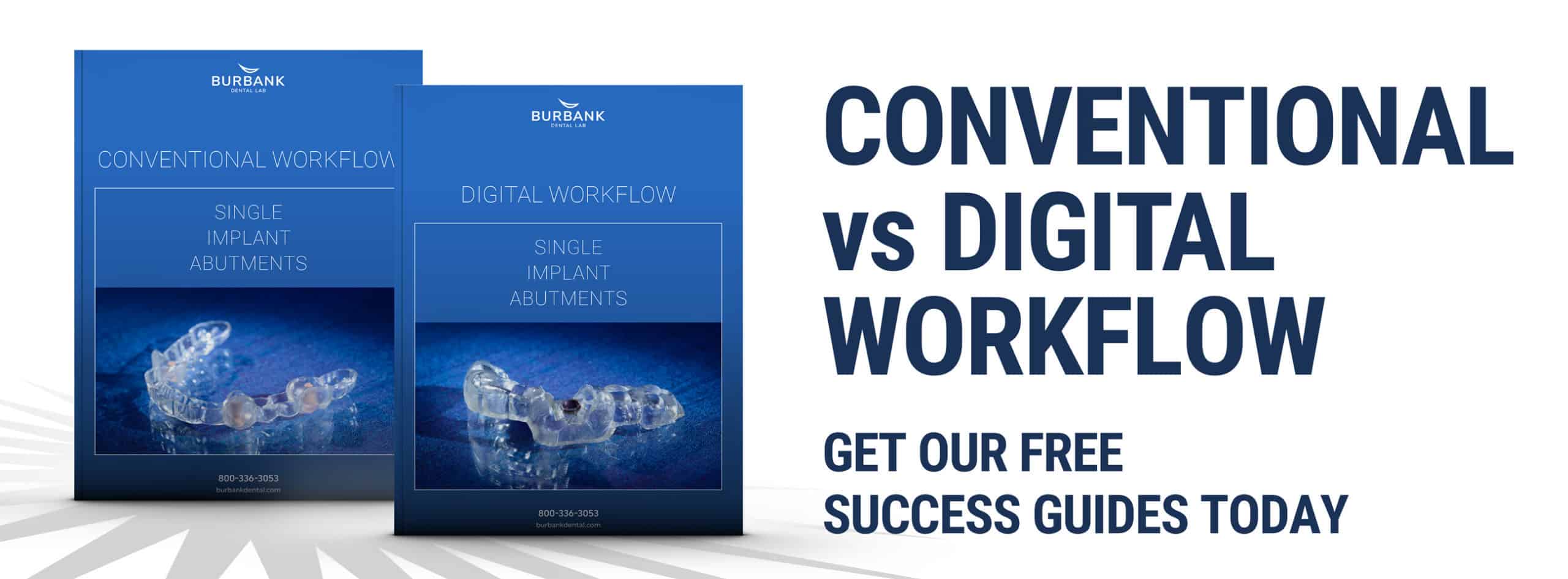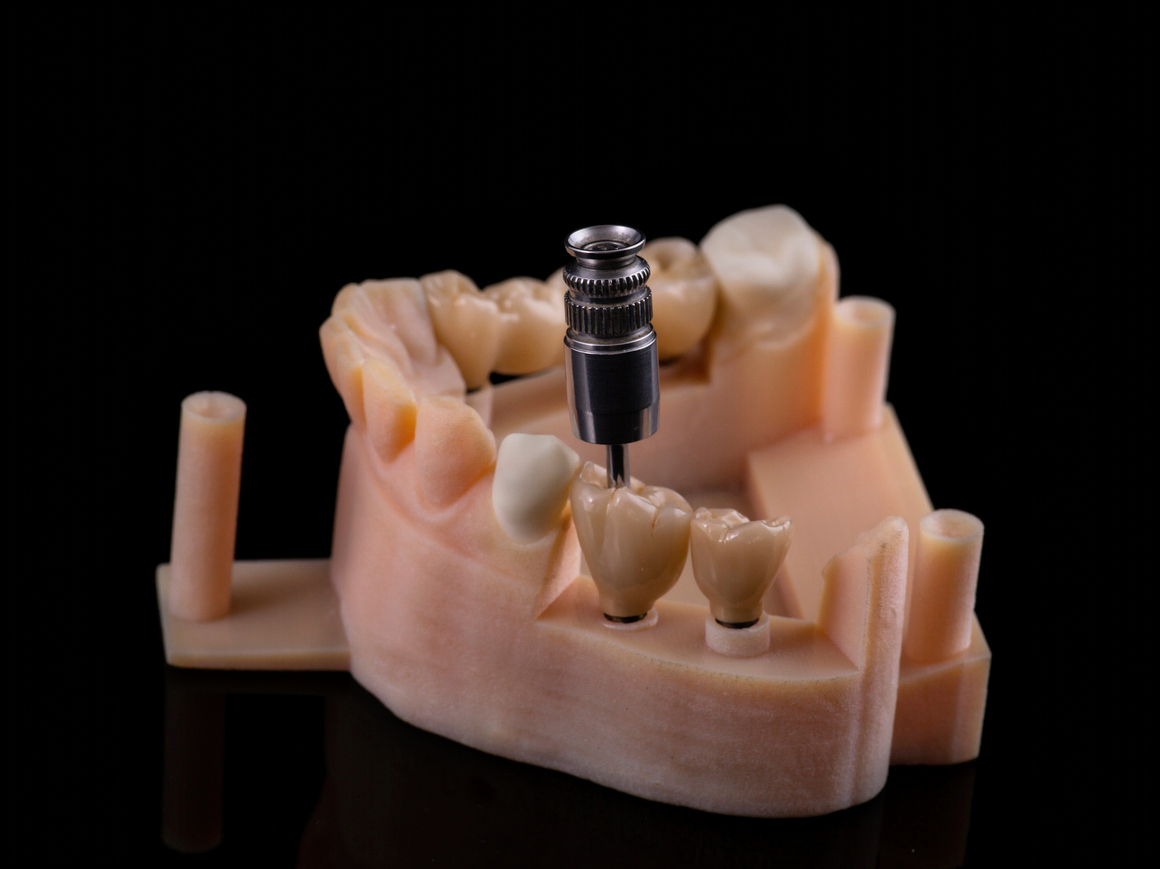Provisionals are an excellent but temporary tool for final restorations. Learn the 4 goals Provisionals fabricated by Burbank Dental Lab provide the patient and clinician.
Read MoreDuraTemp: It’s All In The Planning
The accuracy of the temporary restorations is an important factor in ensuring the patient has a positive experience with the entire restorative procedure.
Read MoreSmartComposite: When is Composite the Best Option?
SmartComposite integrates stress-relieving durability, shade matching and wear resistance for flawless dental restoration form and function. Biomimetic properties minimize microcracks and leakage.
Read MoreAll On 4 Hybrid Treatment Options
One of the most common options for treating an All-On-4® case is a hybrid prosthesis. But all “hybrids” are not created equal. We are a long way from the days of the only option being a cast metal substructure with traditional acrylic and denture teeth.
Read MoreElevating the Paradigm of Dental Restorations with SmartComposite Hybrids
Implant-supported restorations have emerged as the leading treatment method in dentistry, particularly for treating edentulous patients. These restorations serve to rehabilitate oral function and support the maintenance of healthy bone […]
Read MoreImplant Placement and Provisionalization in Advanced Gum Disease Patient
A case study on Implant Placement and Provisionalization in Advanced Gum Disease Patient.
Read MoreDental Implant Placement: Freehand Implant Surgery vs. Guided Surgery
Partial dentures are one of the treatment modalities that are underused in today’s dentistry despite being a good choice for many patients.
Read MoreTransforming Dental Aesthetics: Zirconia Restorations in Dentistry
Among the diverse array of dental restorative materials, Zirconia has emerged as a forerunner. With its exceptional mechanical properties and aesthetic appeal, Zirconia is a game changer in prosthodontics, effectively […]
Read MoreSorry, no articles were found.
